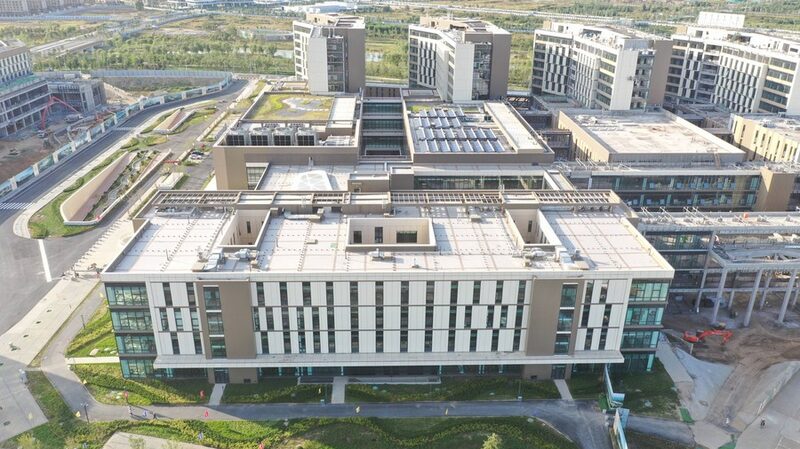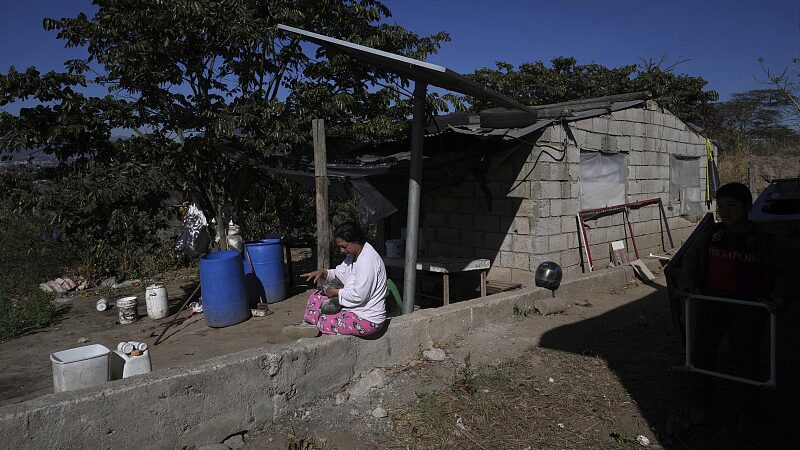Thirty years ago, maternal mortality rates were largely based on rough estimates, leaving many women uncounted and unaccounted for. Today, advancements in data and technology allow us to more accurately measure women’s access to sexual and reproductive healthcare across Asia, including reductions in maternal mortality, increased uptake of contraception, and progress toward gender equality. We are now better equipped than ever to measure success and identify areas needing attention.
Initiatives over the past three decades have significantly contributed to these advancements. The call for a “data revolution” by former United Nations Secretary-General Ban Ki-moon urged countries to develop robust data systems to track and achieve Sustainable Development Goals. This has encouraged nations to invest in improved data collection, analysis, and measurement tools. While the increasing availability of data highlights progress, it also exposes persistent gaps, particularly in access to sexual and reproductive healthcare and rights.
Consider Amina, a 28-year-old woman living in a remote village in Southeast Asia. Pregnant with her third child, she faces a long and arduous journey to the nearest clinic. In her village, there are no skilled birth attendants, and emergency obstetric care is a distant hope. Amina’s story underscores the reality for many women who remain underserved despite overall progress.
These inequalities in access are widening not only between countries but also within them. Health systems are often challenged by gender inequality and biases based on displacement and ethnic discrimination. Consequently, indigenous women like Amina are less likely to receive antenatal care, more likely to give birth as teenagers, and face a higher risk of death from pregnancy-related causes.
This raises critical questions: Are we collecting the data needed to truly accelerate progress? Who is still going uncounted and unaccounted for? Data is not just about numbers; it’s about the stories of people’s lives. It provides insights into the health and well-being of individuals and communities.
Quality data collection and analysis help identify service gaps, understand barriers to access, and develop targeted interventions for those often left behind—including women, girls, indigenous populations, people with disabilities, the LGBTQIA+ community, and older persons. By focusing on inclusive data practices, we can work toward ensuring that no one is left behind in the pursuit of health and well-being.
Reference(s):
cgtn.com






